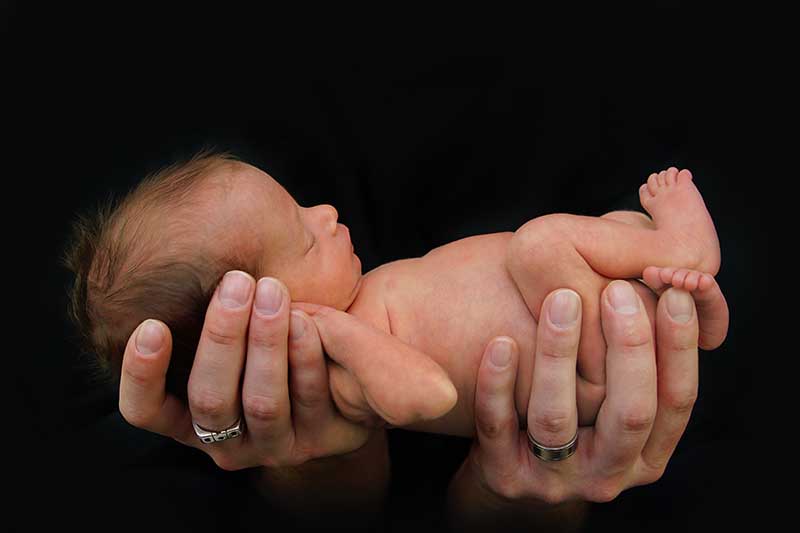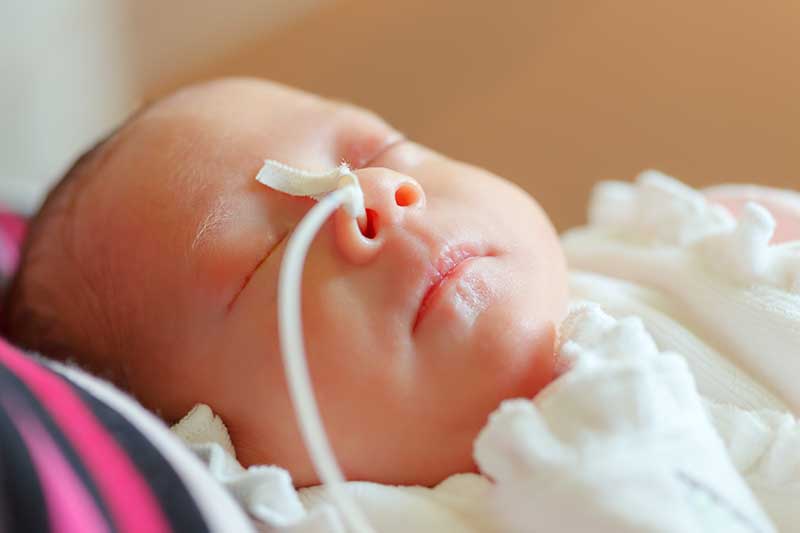ESPID 2024: The Microbiome in the First 2000 Days of Life
In this session, the speaker presented a unique perspective focusing on microbiome acquisition and transmission during the first 2000 days of life. Identical twins were used as an example, where genomes are identical, but gut microbiomes can differ significantly, with as little as 23% of bacterial species in common. This microbiome variability, not seen in the human genome, raises questions about its potential to explain phenotypes like different glycemic responses to the same food. To explore this, a study was conducted on 1,000 twins, sequencing microbiomes and collecting diet and cardiometabolic phenotype data. Links were found and replicated in another 1,000 individuals. The study has now expanded to over 100,000 people to better understand microbiome-diet-health connections, given the high variability. Machine learning and multi-omics approaches will analyze the data to inform personalized nutrition and medicine.
On the basis of microbiome diversity between individuals, even among twins, who share 37% of their bacterial species, there is significant diversity due to different strains within each species. In the general population, it is extremely rare to find two individuals sharing the same species and strain, with most strains being unique to each person. However, an individual's microbiome remains relatively consistent over time, with most strains staying the same or highly similar over months or years. This personalized and maintained uniqueness at the strain level contrasts with the high similarity in the human genome.
In the lab, efforts have been focused on transitioning from metagenomic sequencing to computational identification of bacterial, archaeal, fungal, and viral strains in samples. Several tools were developed for strain identification, discovery, characterization, and tracking across individuals. Applying these tools to Escherichia coli revealed that the same strain is rarely found in different individuals. These methodologies were generalized to all microbes, starting from 1.1 million bacterial genomes from metagenomes, organized into species for high-resolution identification. The tools can detect species, including unidentified species, and analyze genetic differences, such as single nucleotide variations between strains. Phylogenetic trees can be built using this data, showing identical strains in the same individual at different times or occasionally in different individuals, indicating possible transmission. In studies on real data, such as Bifidobacterium adolescentis and Bifidobacterium bifidum across thousands of metagenomes, identical strains were often found only in related individuals, such as mother-infant pairs or cohabiting twins. A strain-sharing rate was derived from measuring the fraction of strains shared between individuals relative to the number of species shared. All tools developed are publicly available and open-source, allowing for application to metagenomic and metatranscriptomic data.
The diversity of the human microbiome may be partly sourced from food, especially fermented foods rich in bacteria. A European study sequenced 2.5 thousand foods, finding that 2-3% of gut microbiome species might originate from food. For instance, the bacteria Fructilactobacillus sanfranciscensis and Pediococcus parvulus found in Ethiopian injera were also present in local infants' gut microbiomes. Besides food, the environment and mother-to-infant transmission during birth are significant microbiome sources. Studies showed that half of an infant's microbes on the first day come from the mother, though only gut microbes persist over time.
A study on Escherichia coli transmission revealed identical genetic barcodes between mothers and infants, indicating clear transmission in at least three pairs, though some maternal strains weren't transmitted. Bacteroides uniformis showed clearer transmission patterns. Bifidobacterium longum from mothers was present in infants from day one, persisting for at least four months. Transmission patterns varied among pairs. Species transmitted from mother to infant were more stable than those with no identifiable origin. A meta-analysis confirmed that half of the microbes in infants on the first day were maternal, persisting even till 85 years of age, reflecting ongoing mother-offspring interaction.
A study by William DeVos involved both parents, examining vaginal births, C-sections, and C-sections with fecal microbiota transplantation (FMT). Initially, 50-60% of an infant's microbes were maternal, declining over time, with fathers contributing 25-30%. C-sections saw equal maternal and paternal transmission, while vaginal births favoured mothers. Interestingly, C-sections with FMT resulted in higher microbial transmission compared to vaginal delivery, suggesting further study is needed. Another study led by Maria Carmen Collado compared hospital and home deliveries, showing higher transmission rates at home for one year, possibly due to the environment. Various species showed different transmission rates, and lifestyle changes caused strain replacements, like during weaning. A meta-analysis by Mireya Valles Colomer of 10,000 metagenomes revealed 12-20% strain sharing among individuals living together for 2-3 years, indicating social interaction's impact on the gut microbiome and its disease implications.
The possibility of some non-communicable diseases being partially communicable due to the communicability of the microbiome remains uncertain. Ongoing research focuses on transmission between infants during daycare periods. In the Trento Council infancy network in Italy, three nurseries were surveyed, with two classes in each, comprising 7 to 10 individuals. Samples of gut and microbiome were collected before the infants met for the first time at daycare and weekly for six months. Samples were also taken from teachers, parents, siblings, and pets to understand transmission patterns. Significant findings included infants interacting differently with pets than adults, with evidence of strain sharing between infants increasing over time, particularly among those in the same classes. Siblings shared more strains with infants attending daycare than parents did, indicating additional strain sharing between siblings. Over six months, strains from the daycare environment outnumbered those from the family, suggesting daycare interaction significantly influences microbiome composition in infants, surpassing the influence of familial interactions. This impact was confirmed by comparing strains among different daycare environments.
By the end of daycare, around 18 months, specific species in infants are examined. Instances show strains initially absent in a class can be acquired from the mother by a baby and transmitted to over 60% of babies in that class. Similarly, strains like Selenomonas transmitted from a teacher to an infant spread to about half of the class. Patterns in this data are under investigation, emphasizing the construction of the gut microbiome, especially in early life, influenced significantly by infant interactions. Social interactions shape the gut microbiome and subsequent biology and disease risk. Understanding transmission patterns is crucial for comprehending FMT efficacy and developing targeted microbiome transmission approaches. The next step involves linking transmission types with conditions and diseases, which is vital for personalized medicine. The Microbiome International Forum, a research community initiative, serves as a resource for staying updated on microbiome science.
European Society for Paediatric Infectious Diseases (ESPID) 2024, 20th May- 24th May 2024, Copenhagen




